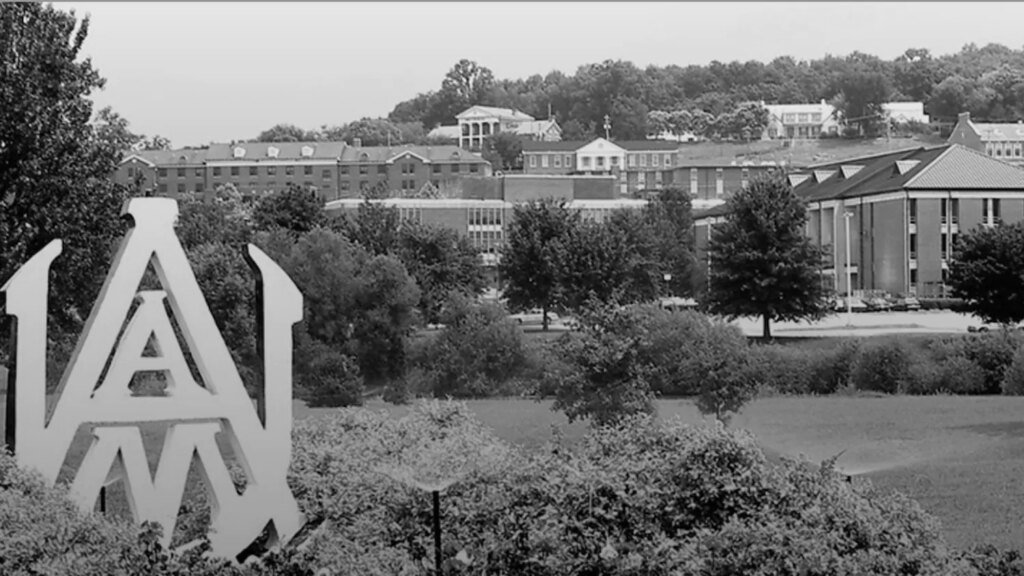Standing Against Hate
History shows us that young black men and women have faced racism and hatred with remarkable courage. They were told they couldn’t enter spaces or had to remain silent, yet, when challenged—whether at newsworthy bus stops or on bridges—they stood firm. They didn’t back down and their resilience ultimately transformed the nation.
This week, Alabama A&M University found itself the target of a despicable threat, receiving an email filled with racist taunts and violent allusions involving bombs and firearms. Students at JF Drake Library threatened to “explode” and hinted at plans to “just start filming.” The intention was to instill fear and discourage these students from pursuing their education—a right they naturally deserve.
However, after investigating the threat, law enforcement and university officials confirmed there was no imminent danger. What existed instead were merely the cowardly echoes of those who wish to intimidate communities that have bravely endured.
Dr. Daniel K. Wims addressed the Bulldog community, stating: “Today’s event serves as a reminder of our resilience and unity. We encourage all members of our campus community to remain vigilant and aware of our surroundings.” His message is part of a longstanding tradition among leaders who believe courage and determination are the true answers to hatred, rather than succumbing to fear.
In Alabama, this tradition runs deep. The Freedom Riders faced violence in 1961, relentless in their mission. By 1963, young children were imprisoned during the children’s crusades, unarmed and relying only on their voices and faith against police aggression. Notably, young John Lewis and others marched on the Edmund Pettus Bridge in Selma, embodying the fight for voting rights, with their very lives at stake. That same year, Governor George Wallace infamously blocked students Vivian Malone and James Hood from registering at the University of Alabama, but federal forces eventually ensured their entry.
Yet Alabama was not alone in this inquiry for justice. The Little Rock Nine bravely crossed a mob in 1957 to integrate a school in Arkansas, and four young men in Greensboro, North Carolina, staged a sit-in at a lunch counter in 1960, sparking significant change across the South.
All these young individuals faced a common challenge—they were advised to be afraid. Instead, they responded with quiet, unwavering bravery.
This same spirit thrives at Alabama A&M, founded in 1875 with the purpose of educating the Liberators and their descendants. A&M has served as a bastion of knowledge against hatred. Today, all students on campus—regardless of their race or background—are part of that legacy. When they attend classes or open books, they convey the courage to envision a brighter future rather than dwell on the past, moving forward in that spirit of resistance.
The individual behind the threatening email hoped to disrupt the learning and growth of young black men and women. Ironically, they provided even more motivation to excel. Fear and threats cannot prevail. They never deterred the Little Rock Nine, the Greensboro Four, nor the Freedom Riders. They didn’t intimidate the courageous children of Birmingham, and they certainly won’t deter the current generation.
To the students at Alabama A&M: Continue attending class, learning, rising, and leading. This is how you confront hatred. It’s the best way to honor those who paved the way before you, and it’s how you contribute to changing this country.







